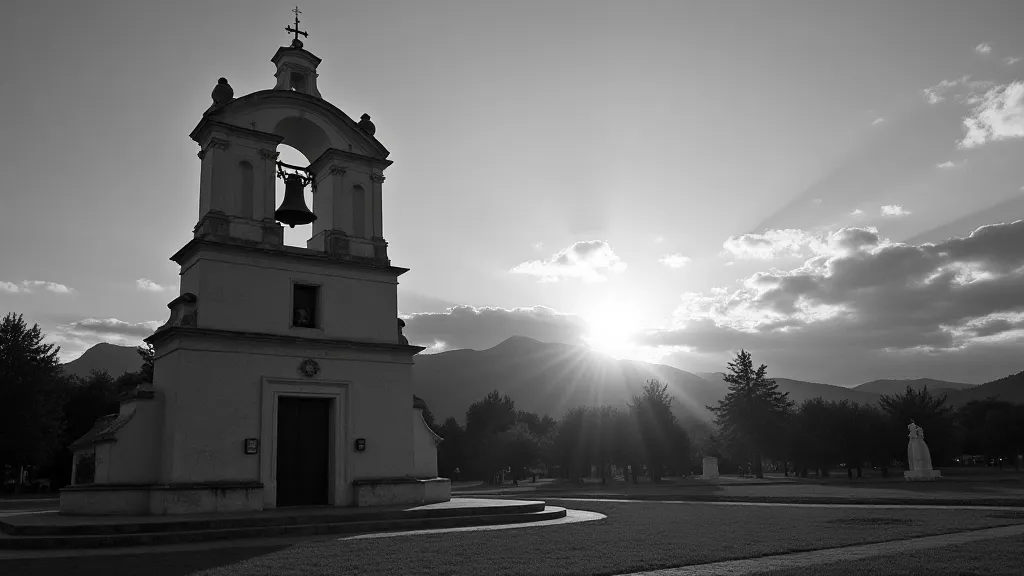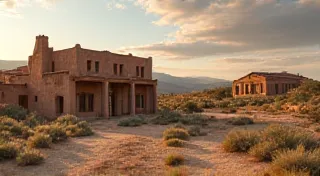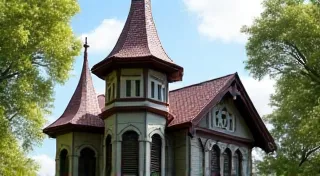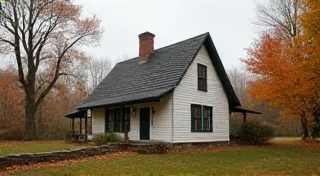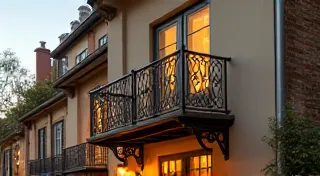Spanish Mission Architecture in California: A Legacy of Faith and Function
California’s architectural landscape is undeniably shaped by the legacy of the Spanish Mission era (roughly 1769-1833). More than just beautiful buildings, these missions represent a complex history of colonization, religious conversion, and cultural exchange. Understanding Spanish Mission architecture means understanding the motivations and circumstances that led to its creation.
The Historical Context
The Spanish Missions were established by the Spanish Empire to extend its influence in California. Primarily, they served as centers of religious instruction for the indigenous population, but they also functioned as centers of agriculture, industry, and defense. The missionaries, often Franciscan friars, sought to "civilize" the native Californians by converting them to Christianity and teaching them European agricultural and craft skills. This process, while intended to be benevolent by some, had devastating consequences for the indigenous peoples, resulting in disease, forced labor, and cultural disruption.
The first mission, Mission San Diego de Alcalá, was founded in 1769, followed by a wave of mission construction throughout the state, stretching from San Diego to Sonoma.
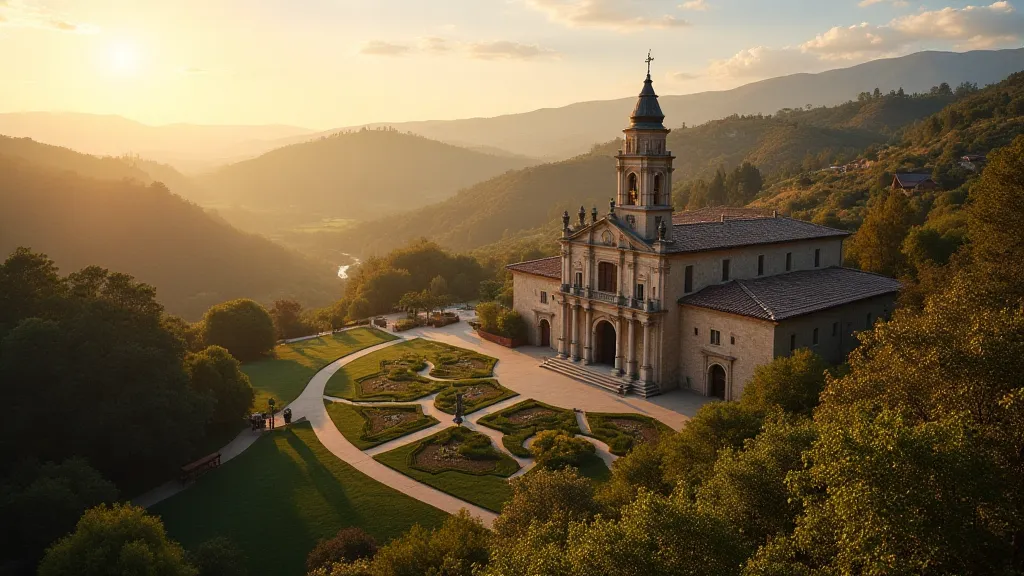
Key Architectural Characteristics
Spanish Mission architecture, while influenced by Romanesque, Gothic, and Moorish styles, developed its own distinct character due to the available materials, the practical needs of the missions, and the aesthetic preferences of the missionaries.
- Arches: The defining feature of Mission architecture is the rounded Roman arch. These arches are found in doorways, windows, and arcades, providing structural support and a sense of grandeur.
- Stucco Walls: Walls are typically constructed of adobe brick or stone and then covered with a thick layer of stucco, giving them a smooth, uniform appearance. The stucco often has a slightly rough texture, reflecting the locally sourced materials.
- Tiled Roofs: Roofs are almost invariably made of red clay tiles, a practical choice for the Mediterranean climate and providing excellent insulation. The tiles contribute significantly to the characteristic look of the buildings.
- Courtyards: Large, open courtyards were essential to Mission life, serving as gathering spaces, workshops, and gardens. They provided light and ventilation and created a sense of community.
- Simple Design: While some missions incorporated elaborate details, the overall design tends to be simple and functional. Ornamentation was often limited due to the remoteness of the locations and the challenges of transporting materials.
- Bell Towers: Almost all missions feature a bell tower (campanario), used to call the community to prayer and serve as a visual marker of the mission's presence.
Examples of California Missions
While all California missions share common features, there are variations in their size, layout, and level of preservation. Some notable examples include:
- Mission San Diego de Alcalá: The first and arguably most historically significant mission.
- Mission Santa Barbara: Known for its well-preserved "Queen of the Missions" appearance.
- Mission San Juan Capistrano: Famous for its extensive ruins and annual swallow return.
- Mission Dolores (San Francisco): Represents the northernmost mission and showcases the adaptability of the style to different terrains.
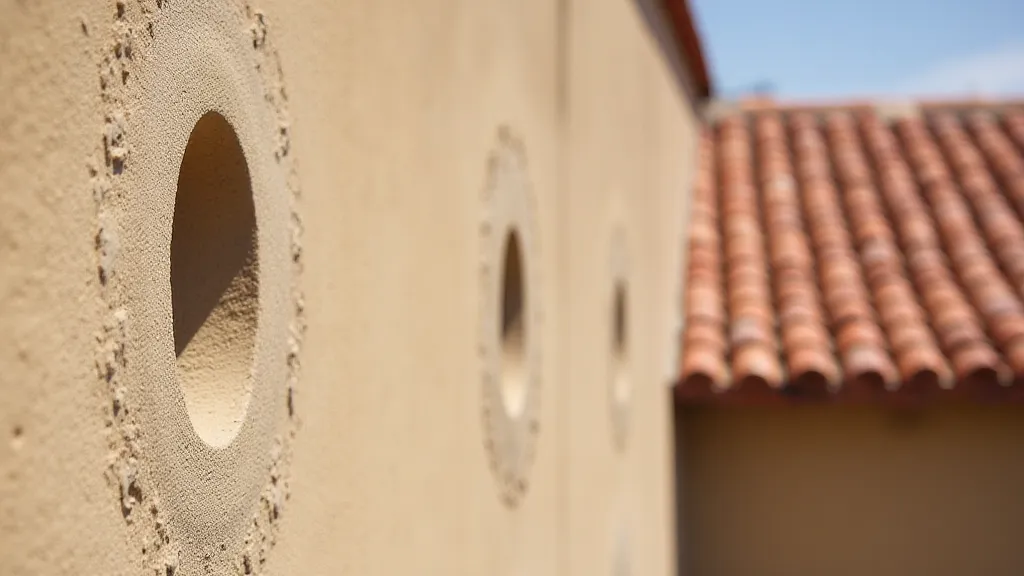
Legacy and Preservation
Today, the California Missions serve as important historical landmarks and tourist attractions. Many have been restored and are open to the public, offering insights into the state's colonial past. While they represent a complicated chapter in California history – one marked by both faith and injustice – understanding their architecture allows us to appreciate the unique blend of cultural influences that shaped the Golden State.
Efforts continue to preserve these structures and to acknowledge the full and often painful story of the Missions and their impact on the indigenous peoples of California.
